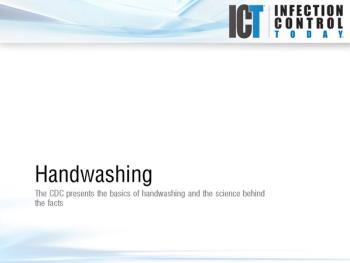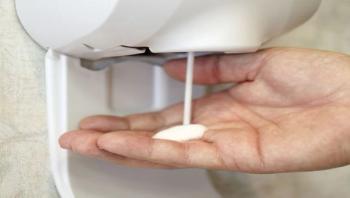
Hand Hygiene
Latest News
Advertisement
Advertisement


It's not only cold and flu season; it's also norovirus season. Norovirus typically peaks between December and April, and right now there are wide-spread outbreaks of norovirus cases throughout the United States, according to media reports.


















Kansas State University researchers have discovered the secret ingredient to improving kitchen food safety: include handwashing reminders and meat thermometer instructions in published recipes.





Savlon India has debuted a unique hygiene and health program, Savlon Swasth India Mission, designed to encourage behavioral change toward washing hands among children through various engaging and entertaining educational initiatives in schools.
Advertisement
Advertisement
Trending on Infection Control Today
1
Superbug-Related Deaths: A Call to Action for Hospitals
2
Announcing the 2025 Infection Control Today Educator of the Year Award Winner: Patricia Montgomery, MPH, RN, CIC, FAPIC
3
The Invisible Threats: An IP's Guide to Advocating for Sterile Processing
4
